Helpful Tips for Taking Care of a New Siberian Husky Puppy
It’s fun to get a new Siberian Huskies puppy into our home. However, a word of warning, Huskies are quite strong. Aside from that, it’s essential to make sure you give your puppy extra care as he gets into your home for the first time. Also, the nutrition with ancient grains dog food is important for your first puppy. Now, let’s take a look at how to take care of your first new Siberian Husky puppy to maintain his health.
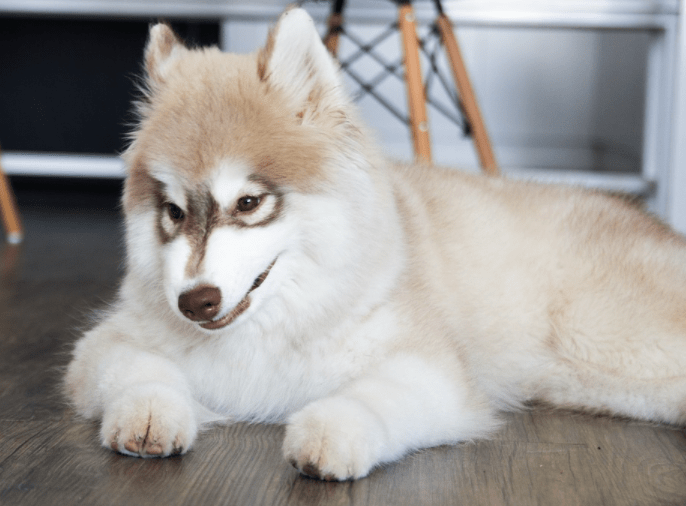
Commonly, Siberian Husky dogs are difficult to train and can sometimes be stubborn. However, with proper training and attention, your husky will be a fantastic new addition to your loved ones, as well as a loyal companion for a long time. Huskies love to dig and dig, so providing them with chew toys and designated areas to dig is essential. If you don’t have a yard or can’t provide a place to dig, it’s wise to take your pup to a place where he can dig (like the beach).
Give Him Proper Immunizations and Right Food
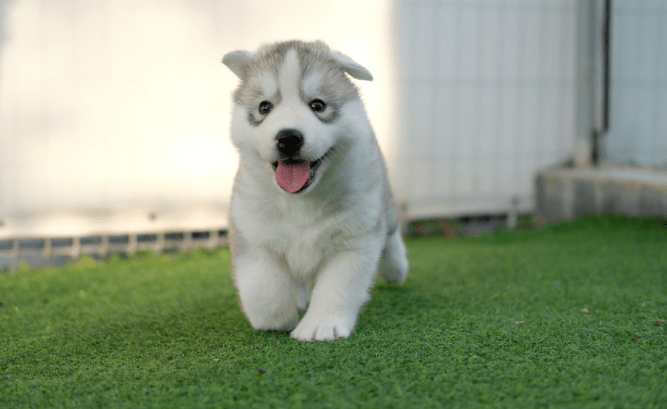 The first few weeks are extremely important for vaccinations. Because huskies like to chew on objects, it is wise to keep household cleaning products out of the pet’s reach. Anything that would be avoided with a child alone should also be avoided with a puppy. As far as meals go, dogs should be fed a couple of times a day between six and fourteen days of age. After the puppy reaches 12 weeks, feeding three times a day is fine. Some human foods are poisonous to dogs, and if you give your puppy leftover food, you are only encouraging begging.
The first few weeks are extremely important for vaccinations. Because huskies like to chew on objects, it is wise to keep household cleaning products out of the pet’s reach. Anything that would be avoided with a child alone should also be avoided with a puppy. As far as meals go, dogs should be fed a couple of times a day between six and fourteen days of age. After the puppy reaches 12 weeks, feeding three times a day is fine. Some human foods are poisonous to dogs, and if you give your puppy leftover food, you are only encouraging begging.
Groom Him Regularly
Grooming is essential for Huskies as they have thick coats. Huskies shed like crazy. When my puppy was shedding, it was like the ground was covered in snow. If you do this several times a week, your puppy will maintain a healthy coat and shedding will be minimized. Some people today prefer a wide-toothed comb to groom huskies, followed by a brush with natural bristles. Today, many people fear that the comb will pull too much on the fur, so they rely primarily on a softer brush.
Give Him a Few Bath a Year
 Huskies are clean dogs, so they only need to be washed a couple of times a year unless they end up in a mud puddle or get very dirty. Bathing can be done in a tub or outdoors. So it’s essential to make sure to rinse off all the shampoo. To dry, you can use a towel or hairdryer. Be sure to keep her inside or out of the cold until her jacket is dry. After the jacket is dry, you should brush it to remove any loose hair.
Huskies are clean dogs, so they only need to be washed a couple of times a year unless they end up in a mud puddle or get very dirty. Bathing can be done in a tub or outdoors. So it’s essential to make sure to rinse off all the shampoo. To dry, you can use a towel or hairdryer. Be sure to keep her inside or out of the cold until her jacket is dry. After the jacket is dry, you should brush it to remove any loose hair.
Give Him Body Care
In some cases, Huskies can have a nail higher than his toe, known as the dewclaw. In infants, it can dig into the skin when they are not. Please make sure a husky’s ears have good air circulation, so cleaning them should be easy. Just rub a cotton ball or moisturizing material on the inner flap of the ear. Clean teeth are important to your husky’s health. Therefore, teeth should be cleaned twice a year by your veterinarian and brushed several times a week at home with a dog toothbrush and toothpaste.…

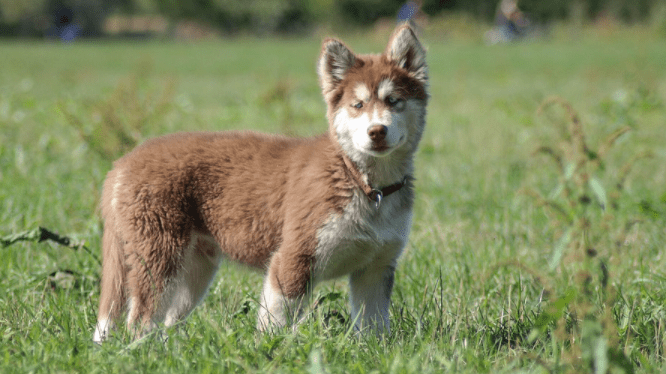
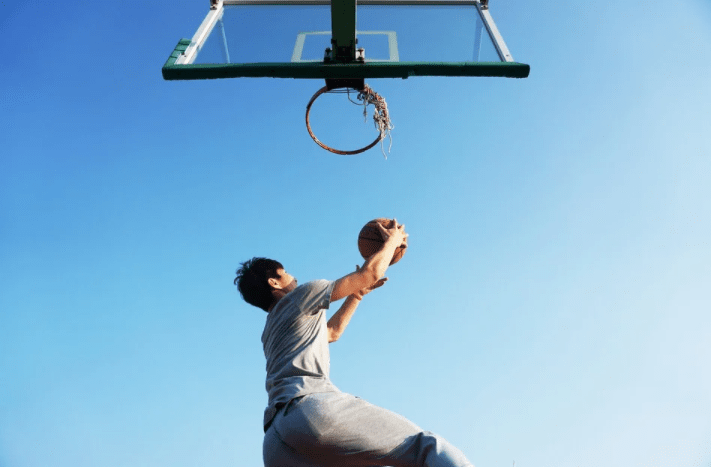
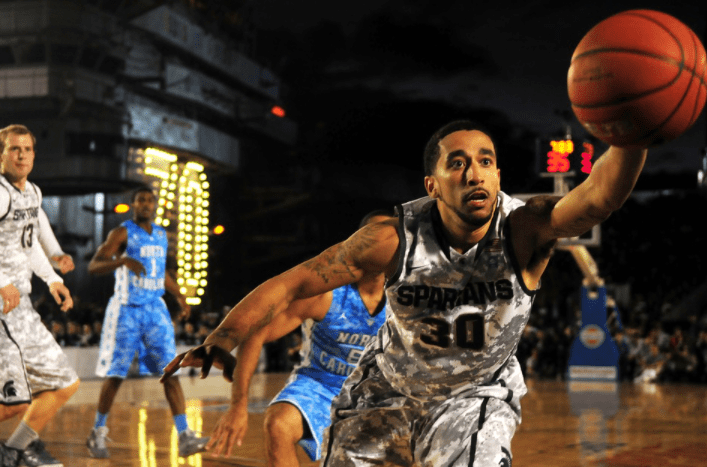
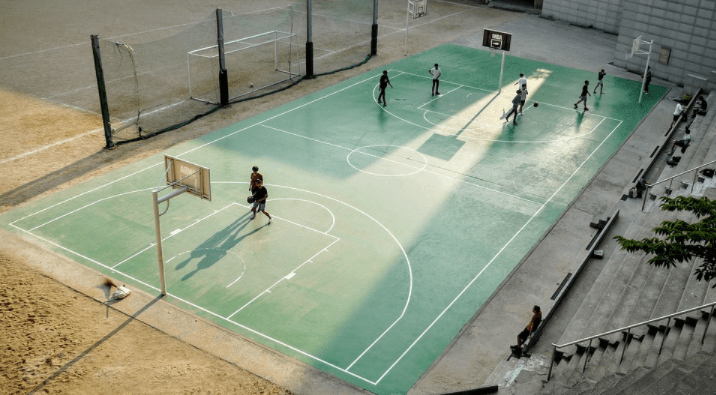 It’s almost as if you don’t have to talk about how to function in your game. But you’d be surprised how many people claim to want to be specialists, but their work habits don’t reflect any of these claims. Know what you’re good at, what you’re good at, and what you’re damn good at. Once you’ve graduated, you need to optimize the time slots you’ve blocked off just for basketball during this time and implement them. Track your progress so you know you’re improving. Just make sure you work out when you have to instead of watching TV on the couch.
It’s almost as if you don’t have to talk about how to function in your game. But you’d be surprised how many people claim to want to be specialists, but their work habits don’t reflect any of these claims. Know what you’re good at, what you’re good at, and what you’re damn good at. Once you’ve graduated, you need to optimize the time slots you’ve blocked off just for basketball during this time and implement them. Track your progress so you know you’re improving. Just make sure you work out when you have to instead of watching TV on the couch.
 Our increasingly sedentary habits undoubtedly play a significant role in weight loss. Dr. Levine’s inactivity study began when he wanted to determine why some people gained weight and others did not. Participants were put through a two-month experiment in which they were instructed to eat the lab’s foods and cut back on exercise. However, some participants did not gain fat when Dr. Levine added 1,000 extra calories a day to their diet. Six years later, he took it a step further by using underwear with motion tracking. The subjects who didn’t gain weight moved more often, unconsciously.
Our increasingly sedentary habits undoubtedly play a significant role in weight loss. Dr. Levine’s inactivity study began when he wanted to determine why some people gained weight and others did not. Participants were put through a two-month experiment in which they were instructed to eat the lab’s foods and cut back on exercise. However, some participants did not gain fat when Dr. Levine added 1,000 extra calories a day to their diet. Six years later, he took it a step further by using underwear with motion tracking. The subjects who didn’t gain weight moved more often, unconsciously.